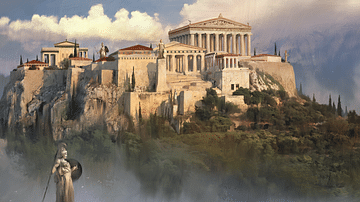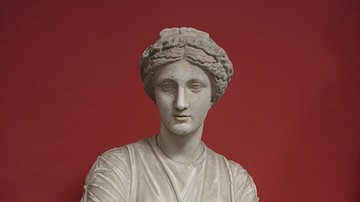Video
About the Author
Cite This Work
APA Style
Macquire, K. (2022, July 24). The Early History of the Parthenon, Acropolis and Agora of Ancient Athens. World History Encyclopedia. Retrieved from https://www.worldhistory.org/video/2807/the-early-history-of-the-parthenon-acropolis-and-a/
Chicago Style
Macquire, Kelly. "The Early History of the Parthenon, Acropolis and Agora of Ancient Athens." World History Encyclopedia. Last modified July 24, 2022. https://www.worldhistory.org/video/2807/the-early-history-of-the-parthenon-acropolis-and-a/.
MLA Style
Macquire, Kelly. "The Early History of the Parthenon, Acropolis and Agora of Ancient Athens." World History Encyclopedia. World History Encyclopedia, 24 Jul 2022, https://www.worldhistory.org/video/2807/the-early-history-of-the-parthenon-acropolis-and-a/. Web. 07 May 2025.







